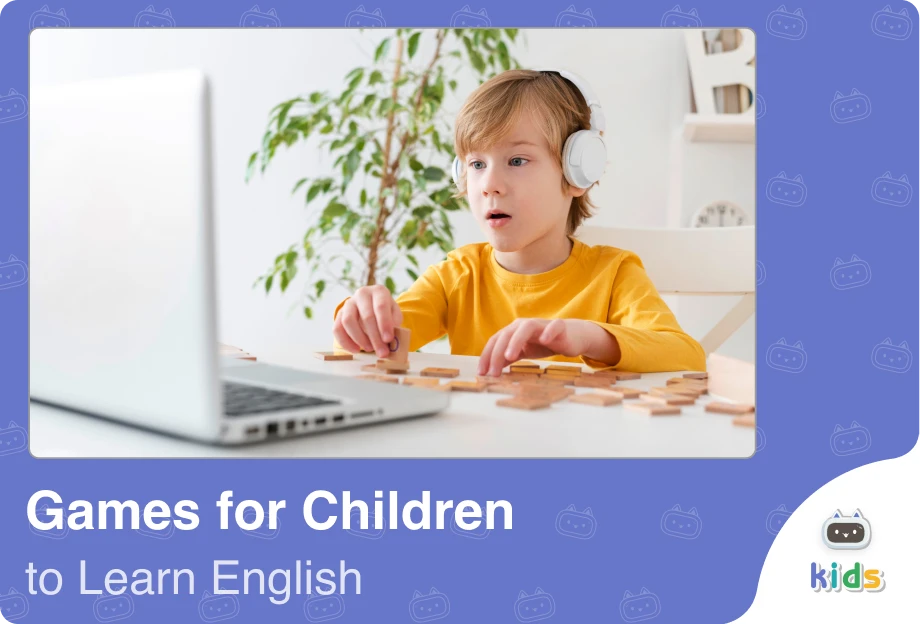Content and Language Integrated Learning (CLIL) is an educational method that combines both language and content learning, where subjects are taught in a foreign language. This dual focus ensures that content knowledge and language skills are acquired at the same time. In this post, we explain the CLIL method and its importance in teaching children.
What is CLIL or Content and Language Integrated Learning?
CLIL is an acronym for Content and Language Integrated Learning. In this teaching method, content and language learning objectives are combined. In CLIL, non-linguistic subjects such as science, history, or geography are taught through a foreign language, and students are encouraged to develop proficiency in both the subject and the target language.
What are the aims of CLIL?
-To improve students’ language proficiency.
-To increase students’ content knowledge and cognitive abilities.
-To promote cultural awareness and intercultural understanding.
-To support learner motivation through engaging and meaningful contexts.
-To integrate language proficiency with subject-related knowledge.
What are the benefits of using CLIL in language learning?
The benefits of using CLIL in language learning are:
-Improved language proficiency through immersive learning.
-Enhanced cognitive skills through content-related tasks.
-Greater learner motivation and interest.
-Development of a more comprehensive understanding of subject content.
-Greater involvement in real-life language use and contexts.
-Development of critical thinking and problem-solving skills.
What are the challenges in Content and Language Integrated Learning?
Challenges in CLIL include:
-High requirements for teachers to be competent in both subject matter and language.
-A high need for appropriate materials and resources.
-The potential for an increased cognitive load on students.
-Possible resistance from students or parents unfamiliar with this approach.
-Effective balancing of language and content objectives.
The elements of a CLIL lesson in foreign language teaching
A CLIL lesson typically includes the following elements:
Content: Topic-specific headings or themes.
Communication skills: Language skills (listening, speaking, reading, writing) related to the content of the topic.
Cognition: Cognitive skills such as analyzing, evaluating, and synthesizing information.
Culture: Provides cross-cultural understanding and awareness.
Who is CLIL suited for?
CLIL is suitable for students of all age groups. A wide range of students, from primary school to higher education, can use this method. It is also highly effective for students in bilingual or multilingual education systems. Additionally, individuals participating in vocational or professional training programs, or anyone who wants to improve their language proficiency in a meaningful context, can benefit from CLIL. CLIL lessons can be adapted according to the language level of the learners and the complexity of the content, so that language learners of all levels can benefit from this method.
How do teachers benefit from CLIL?
CLIL allows teachers to develop professionally through interdisciplinary teaching. This method enables teachers to gain a deeper understanding of both content and language pedagogy. It also helps teachers to use the target language more effectively and increase their language proficiency. CLIL offers teachers innovative and creative teaching practices and increases student motivation and achievement in their classrooms. Through CLIL, teachers can engage their students in learning experiences that are more meaningful and connected to the real world.
Frequently Asked Questions About What is CLIL Method and How to Use It in Language Teaching
Is CLIL appropriate for language learners at all levels?
Yes, CLIL can be modified for all skill levels; however, careful preparation is needed to match learners’ language competency to the intricacy of the material.
Which subjects are appropriate for CLIL instruction?
CLIL can be used to teach any subject, including math, physics, history, and the arts.
Does using CLIL require teachers to speak the target language well?
Teachers need a solid grasp of both the subject matter and the target language. They can help students learn the language by using techniques like scaffolding.
How can educators evaluate students enrolled in a CLIL program?
A range of formative and summative assessment techniques should be used in CLIL assessments, which should take into account both language competency and subject knowledge.
You can access everything your child needs to learn English on a single platform! With 25-minute live lessons guided by teachers specialized in child education, entertaining and instructive interactive videos designed for child development, vocabulary learning tools, the AI Tutor MiMi, quizzes, and interactive activities, EnglishCentral Kids offers a personalized and quality education plan tailored to your child’s needs at affordable prices. How about registering for EnglishCentral Kids now and starting your child’s English learning journey?











